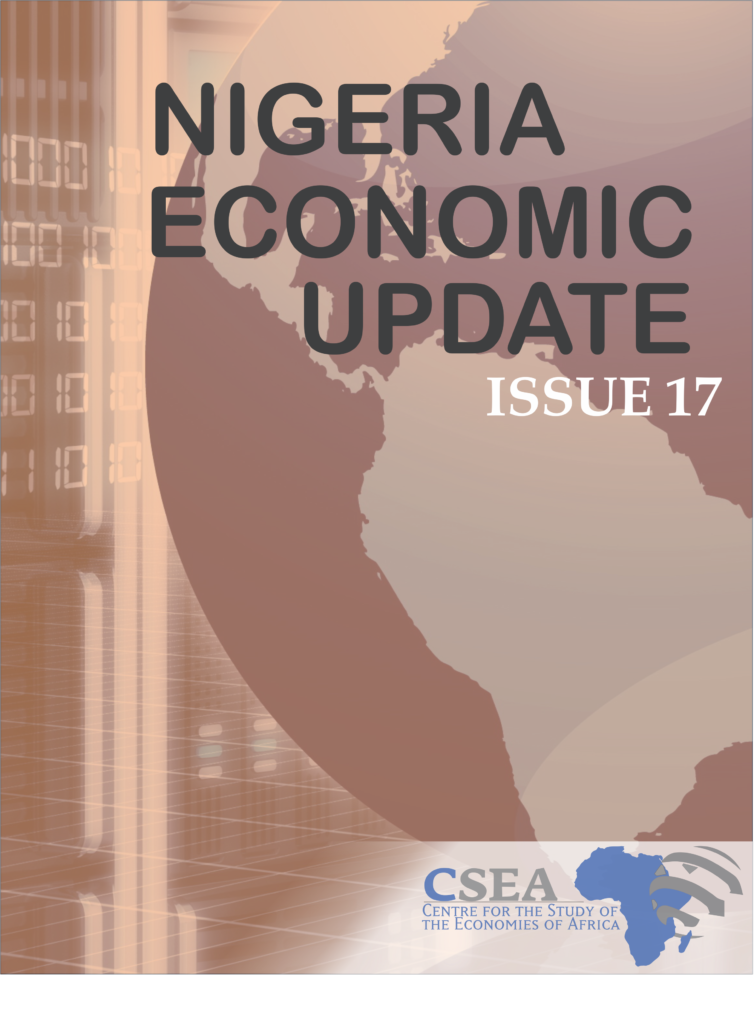Media highlights show that recent figures from the Nigeria Investment Promotion Council (NIPC) reveals a progressive inflow of capital into Nigeria. Specific figures indicate that Nigeria’s actual capital investment inflow stood at $84.3 billion as at 2018Q11, growing by 27 percent from the $66.4 billion recorded for the whole 2017 fiscal year. Notably, highlights suggest that the capital investment flows have been invested in 112 projects domiciled in 28 states in Nigeria, including the FCT. The increased capital inflow gives a fair sense of growing investors’ interest in the Nigerian economy, as well as their involvements in capital investment projects.
Macroeconomic Report & Economic Updates

May 31, 2018
Nigeria Economic Update (Issue 17)
Media highlights show that recent figures from the Nigeria Investment Promotion Council (NIPC) reveals a progressive inflow of capital into Nigeria. Specific figures indicate that Nigeria’s actual capital investment inflow stood at $84.3 billion as at 2018Q11, growing by 27 percent from the $66.4 billion recorded for the whole 2017 fiscal year. Notably, highlights suggest […]
Read →
Related
Nigeria Economic Update (Issue 26)
Power sector statistics indicates a huge decline in power generated in the week under review (June 23, 2017 to June 30, 2017). Power generated, attained a peak of 4,305 MW on June 23, 2017 but fell significantly by 33.1 percent to approximately average of 3,000 MW as at June 30, 2017. The huge decline is attributable to continued poor payment and inability of most GENCOs to pay for gas supply and a system collapse. Consequently, power sector lost huge prospective funds; and daily power supply reduced to 4.5 hours per day7. Going forward, improvement in energy supply is critical to domestic production, job creation, and diversification agenda of the government.
